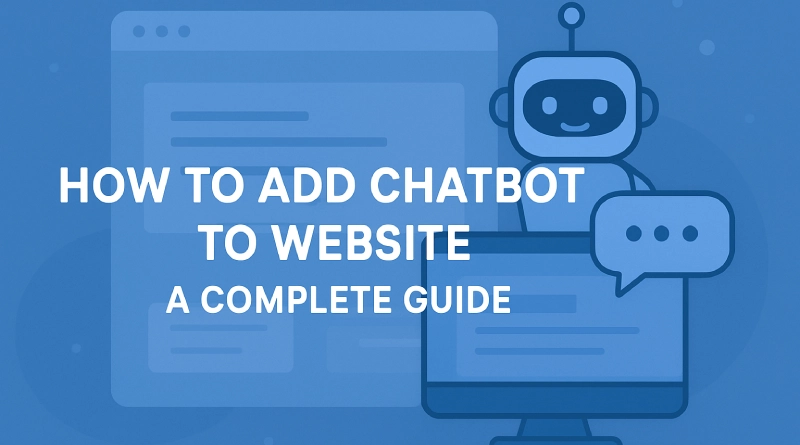How to Add Chatbot to Website: A Complete Guide
Why Add Chatbot to Website?
- 24/7 Availability – Unlike human agents, chatbots can answer customer queries anytime.
- Improved User Engagement – Instant responses keep visitors from leaving your site too soon.
- Lead Generation – Chatbots can collect user details and qualify leads effectively.
- Cost-Effective – Reduces the need for a large customer support team.
Steps to Add Chatbot to Website
Many companies are adopting engagement solutions tailored for their needs. Some of the most widely used tools include:
- 1. Define Your Goals
Decide what you want your chatbot to do—answer FAQs, generate leads, book appointments, or provide product recommendations. A clear goal helps in choosing the right tool.
- 2. Choose a Chatbot Platform
There are many third-party platforms such as Tidio, Drift, Intercom, and ManyChat that make chatbot integration simple. A Web Design Company in Mumbai can also build a custom chatbot tailored to your brand’s needs.
- 3. Design Chatbot Conversations
Plan the flow of conversations. Keep them short, clear, and user-friendly. Add pre-set options so users can quickly find what they need.
- 4. Add Chatbot Code to Website
Once you’ve created your chatbot, you’ll get a small script or widget code. Place this code inside your website’s head or body section. If you’re using platforms like WordPress, plugins are available for quick integration.
- 5. Test and Optimize
After adding the chatbot, test it thoroughly. Check if it responds correctly, captures data properly, and integrates with your CRM or email system. Continue to refine it based on user feedback.
Tips for Effective Chatbot Integration
- Keep the design consistent with your website branding.
- Provide an option to connect with a human agent.
- Use analytics to track chatbot performance.
- Regularly update responses to match customer needs.

